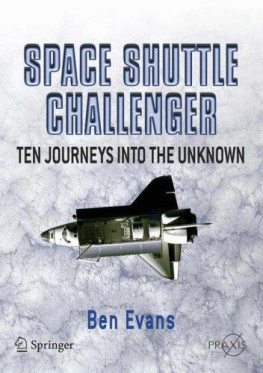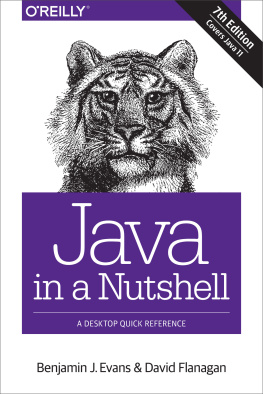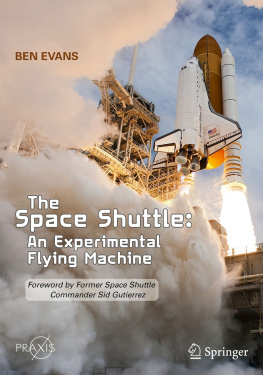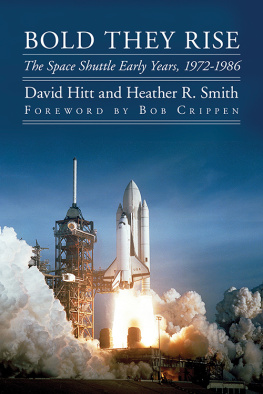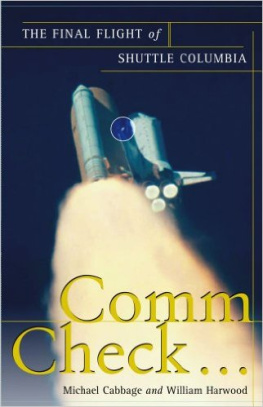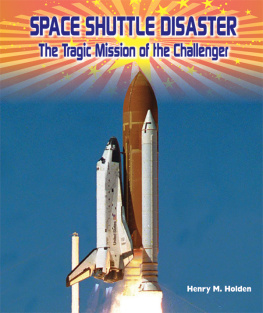
Space Shuttle Challenger
Ten Journeys into the Unknown
Ben Evans
Space Shuttle Challenger
Ten Journeys into the Unknown
/ Tl*v Published in association with
4y Springer Praxis Publishing PRjKm
Chichester, UK
Ben Evans Space Writer Atherstone Warwickshire UK
SPRINGER-PRAXIS BOOKS IN SPACE EXPLORATION SUBJECT ADVISORY EDITOR: John Mason, M.Sc, B.Sc, Ph.D.
ISBN 10: 0-387-46355-0 Springer Berlin Heidelberg New York ISBN 13: 978-0-387-46355-1 Springer Berlin Heidelberg New York
Springer is part of Springer-Science + Business Media ( springer.com )
Library of Congress Control Number: 2006935328
Apart from any fair dealing for the purposes of research or private study, or criticism or review, as permitted under the Copyright, Designs and Patents Act 1988, this publication may only be reproduced, stored or transmitted, in any form or by any means, with the prior permission in writing of the publishers, or in the case of reprographic reproduction in accordance with the terms of licences issued by the Copyright Licensing Agency. Enquiries concerning reproduction outside those terms should be sent to the publishers.
Praxis Publishing Ltd, Chichester, UK, 2007 Printed in Germany
The use of general descriptive names, registered names, trademarks, etc. in this publication does not imply, even in the absence of a specific statement, that such names are exempt from the relevant protective laws and regulations and therefore free for general use.
Cover design: Jim Wilkie
Project management: Originator Publishing Services, Gt Yarmouth, Norfolk, UK
Printed on acid-free paper
Preface
Ironically, the loss of Challenger in January 1986 fired my interest in space exploration more than any other single event. I was nine years old. My parents were, at the time, midway through moving house and, luckily, the TV was one of the few domestic items still to be packed. I watched the entire horror unfold live on all of the network stations. Admittedly, my fascination with rockets and astronauts, stars and planets had begun several years earlier, but Challenger's destruction turned it from an occasional hobby to a fascination which has remained with me ever since. In September 1988, aged 11,1 came home from school to watch STS-26 return the Shuttle fleet to orbital operations. Five years later, I gave a speech on the STS-51L disaster to my teacher as part of my GCSE English assessment. Another decade passed and, now a teacher myself, I returned to my school one cold Monday morning to explain to my pupils what had happened to Challenger's sister ship, Columbia, a few days earlier.
In some ways, the loss of Columbia affected me more deeply than Challenger. Aside from the fact that I was older, I had also corresponded with and interviewed many of the lost astronauts. Signed photographs of the STS-107 crew had adorned my bedroom walls. Personalised, hand-written notes and letters from my heroes had filled scrapbooks. I did not have the same personal link with Challenger's crew. However, in my mind, my passion for space exploration might not have endured were it not for STS-51L.
I find it depressing - even distressing - that, in the case of both Challenger and Columbia, most observers focus upon their final, fateful missions, avoiding the spectacular triumphs that both venerable orbiters achieved during their all-too-short lives. At the time of her loss, Challenger had flown more times than all three of her sister ships. She had rocketed into the heavens nine times successfully in less than three years, transporting nearly four dozen astronauts aloft - several of them on two occasions, one of them as many as three times - and had spent over two months in space. Twelve satellites had departed her payload bay, dozens of experiments ranging from studies of bees to sophisticated crystal growth facilities had flown
aboard her, a snazzy jet-fed backpack had been tested and spacewalking astronauts had captured and deftly repaired NASA's crippled Solar Max observatory. In June 1983, the world got its first photographic glimpse of the 'whole' Shuttle in space, drifting serenely above a cloud-bedecked Earth: and the Shuttle in question was Challenger.
Of course, there were dismal times, including embarrassments and near disasters. Before she even undertook her maiden voyage, problems with her main engines enforced a delay of several months; then, when she finally achieved orbit, a booster malfunctioned and left a $100 million Tracking and Data Relay Satellite in a lower-than-planned orbit. On her fourth mission, two more satellites were lost and an experimental rendezvous balloon burst minutes after deployment. What should have been her seventh trip was cancelled six days before launch and her eighth mission experienced a harrowing on-the-pad main engine shutdown. When it finally set off, a main engine failed as she sped towards orbit at 15,000 km/h and a hairy abort landing in Spain was narrowly averted. On January 28th 1986, Challenger's luck finally ran out.
My intention in writing this book, as with its sister volume about Columbia, was to tell the story of Challenger from technical esoterica, press kits, reports, personal interviews, correspondences, newspaper and magazine articles from the time and original NASA sources. My goal was to present, in as much detail as I could possibly achieve, not a critique, but rather an appraisal of her many accomplishments. It will be up to the reader to gauge how successful I have been in this endeavour, but I hope that this book will prove interesting and informative when, a few years from now, the Shuttle fades into history, taking its place alongside Vostok, Voskhod, Mercury, Gemini and Apollo, and the next stage of space exploration begins.
Acknowledgements
I am indebted to a number of individuals for helping to make this book happen. Among them are several astronauts who actually flew Challenger - Norm Thagard, Vance Brand, Bruce McCandless, George 'Pinky' Nelson and Gordon Fullerton -who kindly took time to speak with me at length over the telephone or answer my many questions via email correspondence. Their insights into the similarities, differences and idiosyncracies of the orbiters, the development of the Manned Manoeuvring Unit, spacewalking procedures and early efforts to understand the causes of space sickness have proven invaluable. Thanks are also due to Roberta Ross and Beth Hagenauer of NASA and Linn LeBlanc of the Astronaut Scholarship Foundation for arranging interviews.
Once more, I am grateful to David Harland and Ed Hengeveld; to the former for reading the first draft of the manuscript, pointing out my errors and sharpening up the text, and to both for giving up their time to identify high-quality illustrations for this book. The enthusiasm of Clive Horwood of Praxis is acknowledged, as is the project's aptly-named copy editor and typesetter, Neil Shuttlewood.
Alongside the loss of Challenger, a unique group of friends from the Midlands Spaceflight Society helped foster my fascination with space exploration. In particular, Andy Salmon's infectious enthusiasm and encyclopaedic knowledge have been immensely helpful, as has the inexhaustible reservoir of astronaut and cosmonaut esoterica from Rob and Jill Wood. My family have constantly supported my interest and I must thank my fiancee, Michelle Chawner, for her endless love and encouragement. Additional grateful thanks go to my parents, Marilyn and Tim Evans, to Sandie Dearn, Ken and Alex Jackson, Malcolm Chawner and Helen Bradford and the ever-present distraction provided by a playful golden retriever named Rosie and a frog-catching kitten called Simba.
Next page
